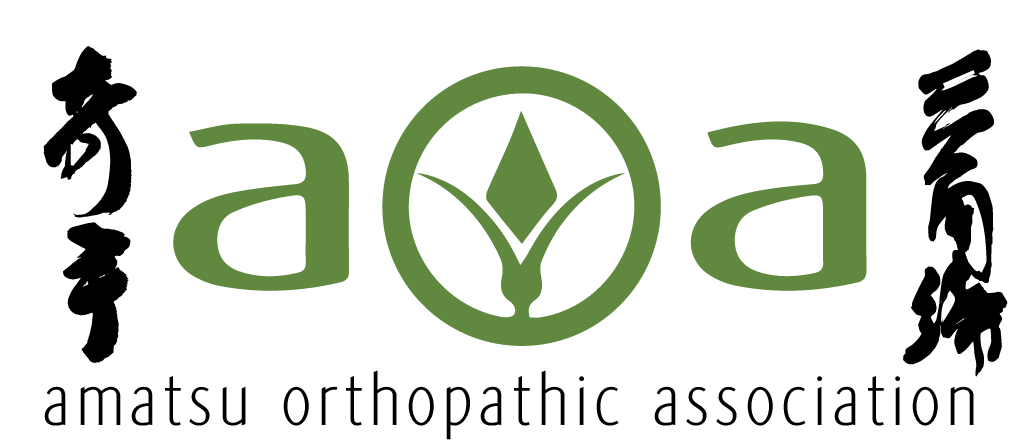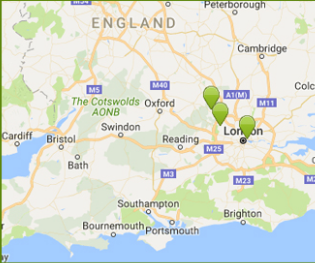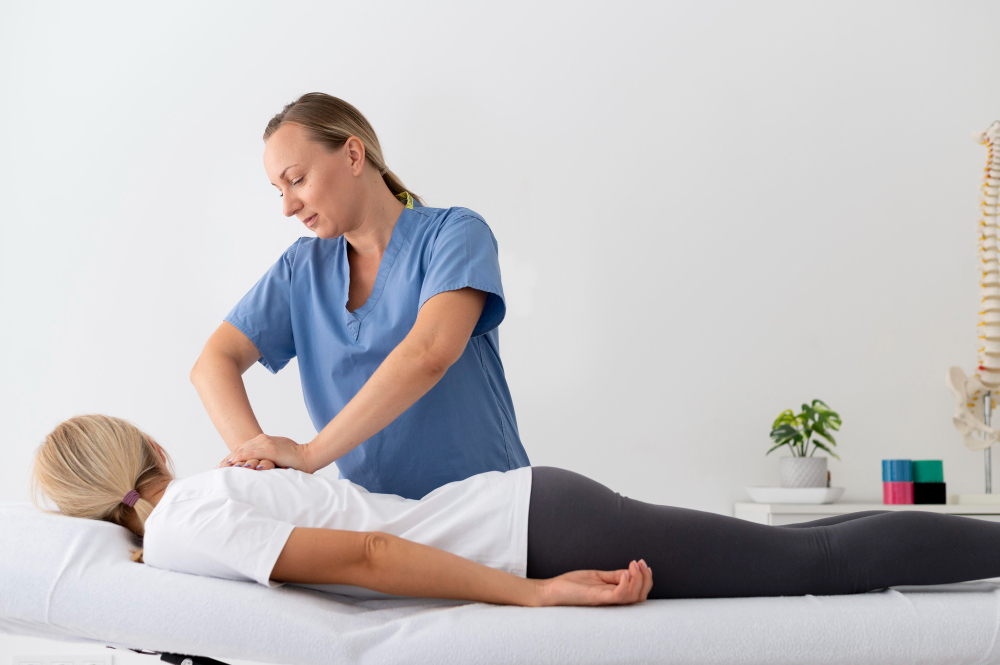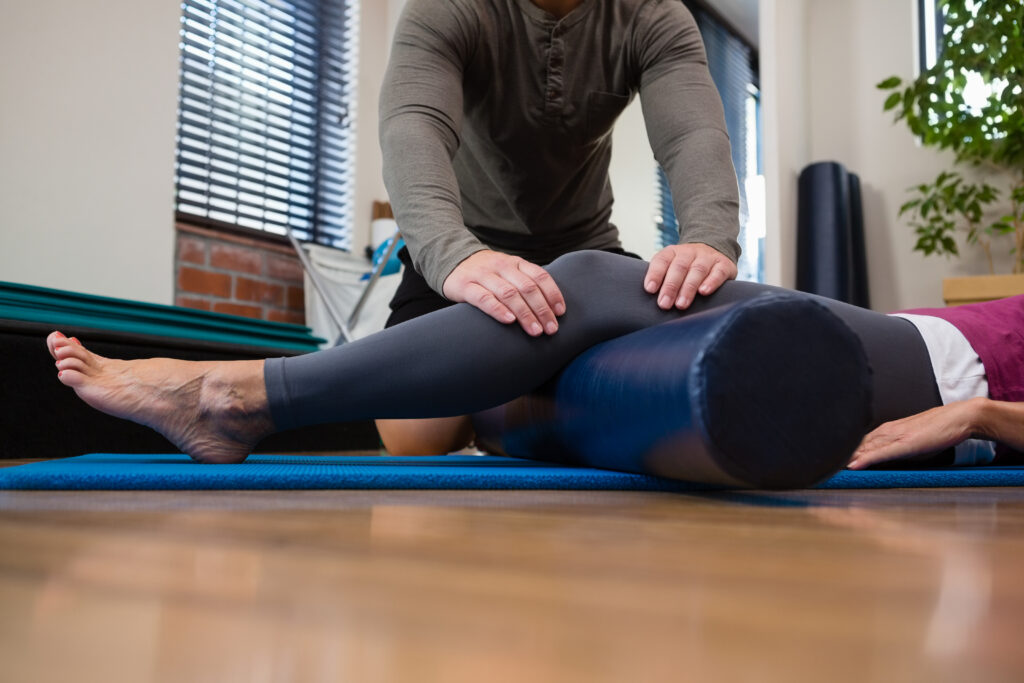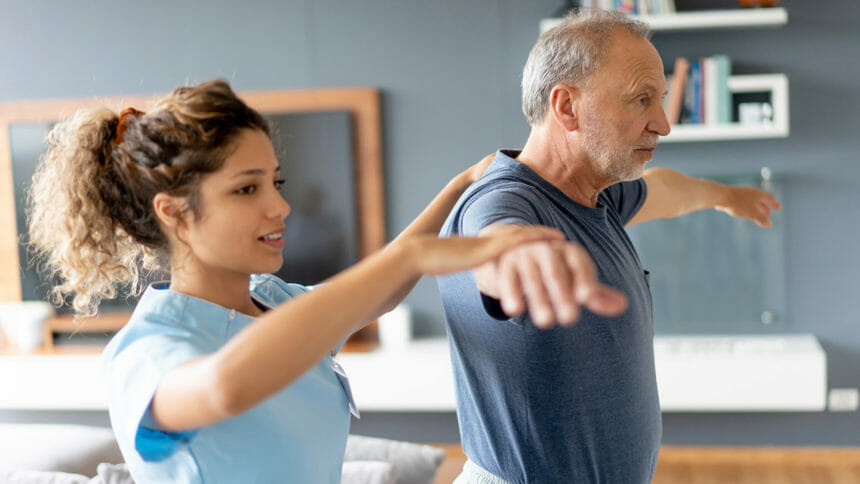[vc_row css=”.vc_custom_1454330500088{margin-top: 10px !important;}”][vc_column][vc_column_text]
Amatsu The Levels
The core practitioner training runs over a two year period and covers Anma and Seitai. Once qualified, practitioners are then offered the opportunity to extend their knowledge and skills base with the two additional levels of Shinden and Kenku Jutsu. [one_half] [toggle title=”Anma level” open=”FALSE” icon=”star”] Anma is the first year of study for an Amatsu therapy qualification and it can be interpreted as the ‘massage’ level as it encompasses the application of natural movement principles on soft tissue structures, with the primary focus being on the musculature system. Unlike most western massages, Anma often uses no oils and can be done through the clothing with the client either sitting or lying down. This makes Anma an extremely flexible style of massage, suitable for a wide variety of client needs and environments. Anma is over 5,000 years old and it means ‘to push and pull’ body tissue. It originated in ancient China and it is thought to have been first brought to Japan by warrior monks from China through Korea about 1,500 years ago. Anma’s application on the body influences many structures and systems. The stroking, stretching and kneading of the tissue is an ancient art, not only in man, but in all animal species. These techniques were considered so effective in Japan that before the introduction of western medicine all doctors were trained in Anma. This only changed with the Meiji Restoration in 1868 when the government were focused on ‘westernising’ Japan. Therefore they decided to abandon much of their traditional culture including the ‘healing art’ of Anma. As a special exemption only the visually impaired were allowed to continue to train in Anma and other ancient healing arts.1 In the early 1900s a group of Anma trained practitioners formed the basis of Shiatsu, effectively re-naming this approach and using some of Anma’s methods. (Tina Sohn Anma Therapy.) The modern day founder of physiotherapy, Professor Ling, also studied Anma/ Tuina in China prior to the establishment of his Swedish massage and exercise.2 Dr Hatsumi explained to Dennis Bartram that in the beginning ancient man had no real knowledge of pathology or deep anatomical structure. The kneading or stroking would be applied to injuries or pain according to instinctual feel. He explained that by coming from their hearts through their thumbs, ancient man would bring out the wellness in other people. From the very beginning of their Anma studies our practitioners are trained to evaluate, assess and treat the whole body incorporating all of the symptoms of your illness or injury. Once students have completed their first year of study they are qualified to treat clients in a professional capacity at an Anma level. [/toggle] [toggle title=”Seitai level” open=”true or false” icon=”star”] The Seitai level of study incorporates the same principles and fundamentals as Anma but with the technique application now primarily focused on the ligamentous system. Ligaments act as a support and movement suspension system for the stability of joint and bone movement. Injury or illness alters the pulls on muscles and ligaments around these joint structures. Seitai works to balance, realign and integrate joint movement, which will aid the integration of all of the body’s systems to help to re-balance and realign the key mechanical and energetic structures (eg: the spine, bones, joints, meridian circuits and cranium) This will promote healing whilst effecting change in the musculo skeletal system and improving the client’s general well-being, as well as acting as a boost to the homeostasis (immune system) and the body’s balancing sense known as proprioception. [/toggle] [/one_half] [one_half_last] [toggle title=”Shinden Jutsu level” open=”false” icon=”star”] The focus of study in Shinden, the heart feeling in Amatsu balances, is to alter the pulls in the fascial tissues that surround and support our vital organs. Many organs are held in position by a negative suction reinforced by a tough tissue called fascia. As organs function they need to alter their space with surrounding organs eg the lungs filling and emptying. This delicate and subtle movement is finely balanced within our body’s other structures. Injury, illness, and incorrect posture can lead to biased pulls on the fascial tissue surrounding the organs, which can in turn can lead to organic changes and eventually degenerate to disease in some cases. Shinden Jutsu works to address these imbalances to bring about the freedom of movement and integration of organ structure and function. [/toggle] [toggle title=”Kenku Jutsu level” open=”true or false” icon=”star”] The head (cranium) is the governing centre for many of the body’s vital systems such as respiratory and breathing, blood pressure, blood sugar, digestion, hormones. In addition, amazingly around 90 per cent of the nervous system is under the control of the brain. The cranial bones move in a gentle, synchronised way to accommodate the expansion and return of the brain’s fluid system. This fluid system stretches from the head to the pelvis nourishing our organs and balancing nerve activity. Trauma to this mechanism can result in a variety of physical ill health symptoms. This fragile and complex system can also be affected by birth trauma, blows to the head, dental occlusion problems and even stress. Kenku helps to balance, regulate and maintain this vital system to complement the other levels of Amatsu. [/toggle] [/one_half_last][/vc_column_text][/vc_column][/vc_row]
